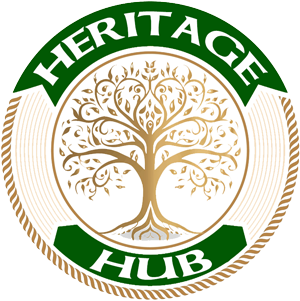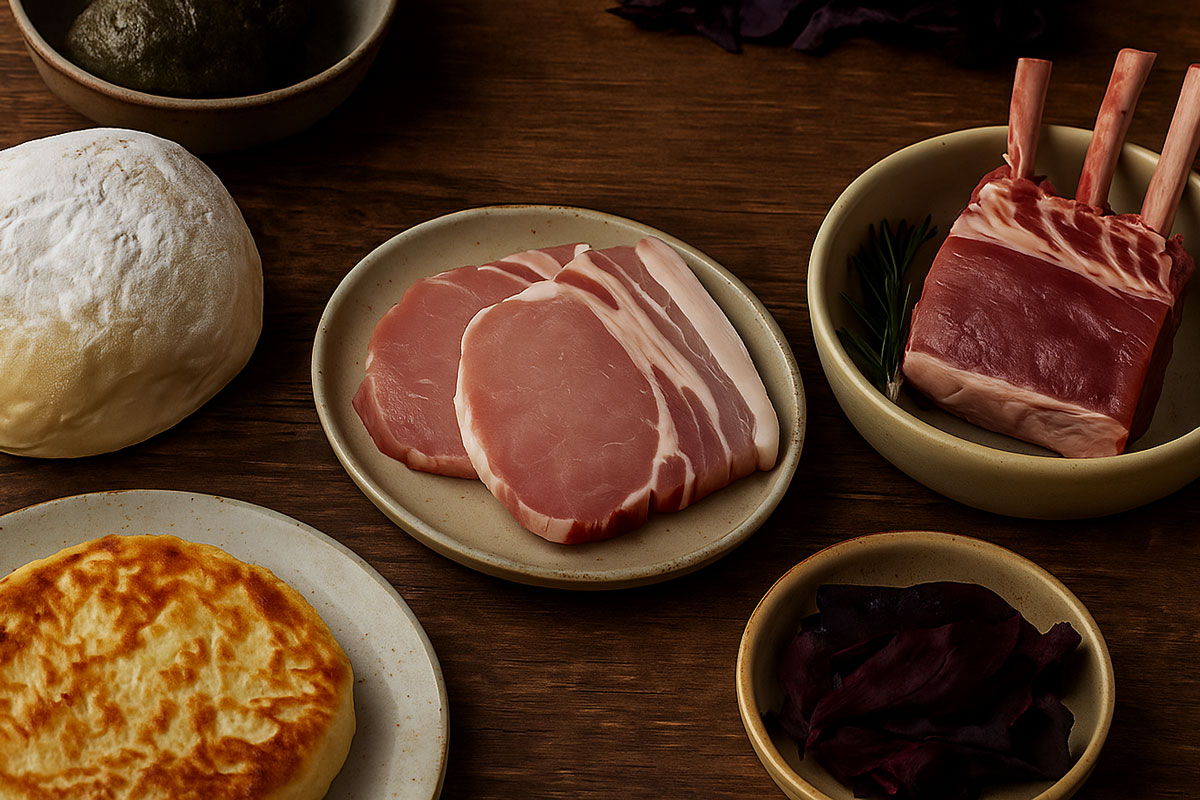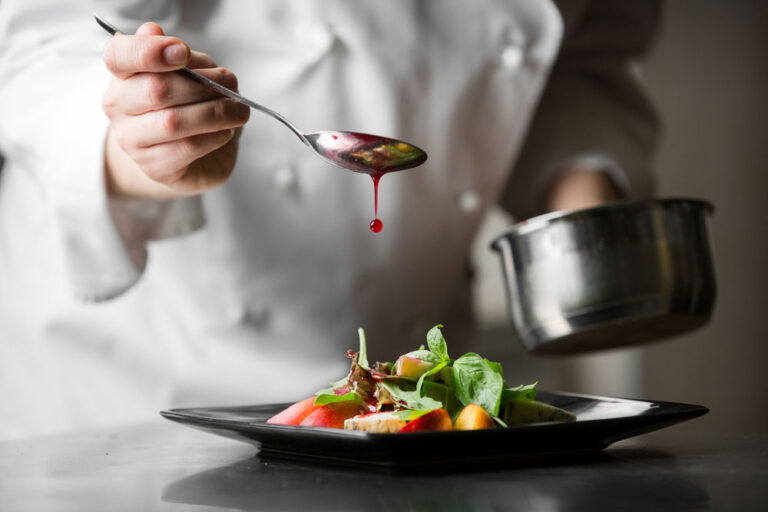Table of Contents
- 1. Why Regional Irish Food Deserves the Spotlight
- 2. Waterford Blaa – A Floury Bun with a Protected Name
- 3. Drisheen, Dulse & Dillisk – Coastal Flavours from Cork to Down
- 4. Boxty and Cavan Bacon – Ulster’s Humble Staples
- 5. Connemara Lamb and the Taste of the West
Why Regional Irish Food Deserves the Spotlight
Irish food is globally known for comforting classics like Irish stew, soda bread, and colcannon. But beyond these staples lies a rich world of local delicacies tied to county, soil, sea, and centuries-old traditions. These lesser-known dishes tell stories of survival, celebration, and place. From salted seaweed to sheep raised on rugged hillsides, Irish regional food is deeply rooted in heritage—and absolutely worth discovering.
As Ireland’s food scene continues to evolve, chefs and home cooks alike are rediscovering these regional specialties. Some are being protected by EU status, while others live on in rural kitchens and farmers’ markets. If you want to eat like a true local, these are the dishes to seek out.
Waterford Blaa – A Floury Bun with a Protected Name
Where to Find It: Waterford and surrounding areas
What It Is: A soft white bread roll, dusted heavily with flour and protected under EU PGI (Protected Geographical Indication) status.
The Waterford blaa might sound like a simple bread roll, but to the locals, it’s a cherished part of daily life. Its origins are believed to date back to the 17th century with the arrival of the Huguenots, who introduced French-style white flour baking. The name “blaa” may come from the French word “blanc,” meaning white.
Soft and slightly chewy, the blaa is typically served with butter, rashers, or sausage for breakfast—but also makes a perfect sandwich base any time of day. Only bakeries in Waterford can produce the true version, making it a food worth traveling for.
Try it with: Dry-cured bacon and Irish cheddar for a classic Waterford sandwich.
Drisheen, Dulse & Dillisk – Coastal Flavours from Cork to Down
Where to Find It: Cork, Derry, Down, and coastal towns along the Atlantic
Drisheen: A traditional blood sausage made with sheep’s blood, oatmeal, and herbs, primarily eaten in Cork. It’s often served with tripe in a dish known locally as “packet and tripe.”
Dulse/Dillisk: Edible seaweed harvested along Ireland’s rocky coastlines. Chewy, salty, and rich in minerals, dulse is often eaten dried as a snack or chopped into seafood dishes.
These dishes are strong reminders of Ireland’s resourceful coastal communities. Where meat was scarce, seaweed and offal-based recipes like drisheen provided vital nutrition. Today, they offer a connection to a more sustainable and ancient way of eating.
Modern Twist: Seaweed now features in artisan butters, soda breads, and even chocolate across Ireland’s gourmet food scene.
Related Article: The health benefits of irish sea vegetables: from kelp to dulse and nori
Boxty and Cavan Bacon – Ulster’s Humble Staples
Where to Find It: Counties Cavan, Leitrim, Fermanagh, and across Ulster
Boxty: A traditional potato pancake made with a mix of grated raw and mashed potatoes. It’s a staple in Northern and Western counties, especially around Leitrim and Cavan.
Cavan Bacon: Cured bacon or gammon from County Cavan, often paired with cabbage, parsley sauce, or even soda bread stuffing.
Boxty’s versatility allows it to be pan-fried, boiled, or baked. It was once considered a poor man’s food, designed to stretch ingredients during lean times, but now it’s featured on many restaurant menus with upscale accompaniments like smoked salmon, wild mushrooms, or poached eggs.
Tip: Look for local cafés in Leitrim or Sligo offering boxty brunches for a true regional experience.
Connemara Lamb and the Taste of the West
Where to Find It: Connemara, County Galway, and surrounding western regions
What It Is: Free-range lamb raised on the heather-covered hills and salty grasses of the Connemara region, known for its distinctive flavor and tenderness.
Connemara lamb is a true example of “terroir”—the idea that the environment shapes the taste of food. These sheep graze freely across the rugged west coast landscape, and the result is meat that’s earthy, slightly gamey, and deeply flavorful. It’s a seasonal delight, often celebrated in local food festivals.
This lamb is often simply roasted or slow-cooked with rosemary and garlic, letting the natural flavor shine. Many foodies travel to Galway just for a taste during peak season.
Pair it with: Creamy mashed potatoes and wild garlic butter for an unforgettable Irish dinner.
Conclusion: Celebrating Ireland’s Culinary Diversity
These lesser-known regional foods aren’t just delicious—they’re stories, landscapes, and legacies on a plate. While Guinness and Irish stew remain icons, it’s dishes like the Waterford blaa, boxty, and Connemara lamb that truly showcase the diversity of Ireland’s culinary culture. Whether you’re exploring a farmers’ market or a countryside café, keep an eye out for these hidden gems—they may just surprise your tastebuds and connect you more deeply to the soul of Ireland.







